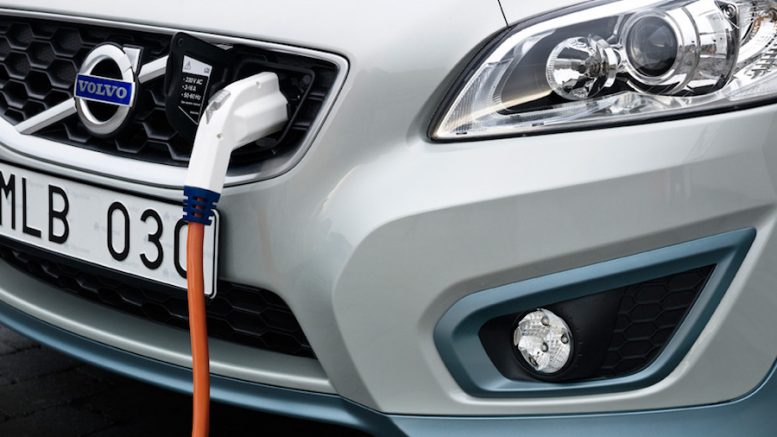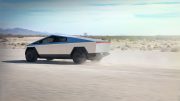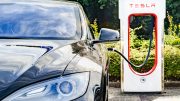New registrations of global passenger electric vehicles (EVs) surged by 109% year-on-year during the first six months of 2021, Adamas Intelligence has found in a new report.
In its report entitled ‘State of Charge: EVs, Batteries and Battery Materials’, Adamas analysts found 4.16 million new units were registered versus 1.99 million units in the first half of 2020.
The increase was driven by surging sales growth in the Americas (135% year-over-year), Europe (124% year-over-year), and Asia Pacific (94% year-over-year) as the market moves past 2020’s pandemic-induced malaise.
In the Asia Pacific, EV sales nearly doubled year-over-year in H1 2021, translating to a 172% increase in watt-hours of battery capacity deployed onto roads versus the same period the year prior, and a 165% increase in lithium, 96% increase in nickel and 95% increase in cobalt deployed onto roads over the same period.
Adamas also found the total global battery capacity deployment onto roads in all newly sold passenger EVs combined amounted to 108.0 GWh in H1 2021, 157% more than was deployed globally in the comparable year-earlier period.
During the first half of this year, Tesla continued to ‘lead the pack’ by battery capacity deployed onto roads globally, deploying more watt-hours into newly sold EVs than its six closest competitors combined.
Seven cell suppliers globally (CATL, LG Energy Solution, Panasonic, Samsung SDI, BYD, SK Innovation and CALB) were collectively responsible for more than 90% of all battery capacity and battery metals deployed onto roads globally in passenger EVs in H1 2021.
During this period, CATL deployed 253% more watt-hours of battery capacity onto roads globally than the same period the year prior, translating to a 238% increase in lithium, 185% increase in nickel, and 170% increase in cobalt deployed onto roads over the same period.
During the most recent period, deployment (in watt-hours) of lithium iron phosphate cells increased 1,500% versus the first half of 2020, leading to near-stagnation in the average amount of nickel and cobalt consumed per EV sold.
Also, during the first half of 2021, all newly sold passenger EVs combined amounted to 65,700 tonnes of lithium carbonate equivalent (LCE) deployed onto roads globally, an increase of 155% over the first half of 2020. Of this amount, 51% of LCE units were deployed as carbonate and 49% as hydroxide.
Notably, 58,900 tonnes of nickel were deployed onto roads globally in the batteries of all newly sold passenger EVs combined, 115% more than a year earlier.
Adamas also found the volume of cobalt deployed in batteries rose 115% year-on-year to 12,600 tonnes in all newly sold passenger EVs combined.






Be the first to comment on "Global passenger EV registrations more than double in a year – Adamas report"